Non-surgical Rehabilitation
Unless your condition is causing significant problems or is rapidly getting worse, spinal stenosis is first addressed with nonsurgical treatments. Up to one-half of all patients with mild-to-moderate lumbar spinal stenosis can manage their symptoms with conservative (nonsurgical) care. Neurologic decline and paralysis in this group is rare.
When you begin physiotherapy at One Wellness, we may prescribe ways to immobilize the spine. Keeping the back still for a short time can calm inflammation and pain. Patients may find that curling up to sleep or lying back with their knees bent and supported gives the greatest relief. These positions flex the spine forward, which widens the spinal canal and can ease symptoms.
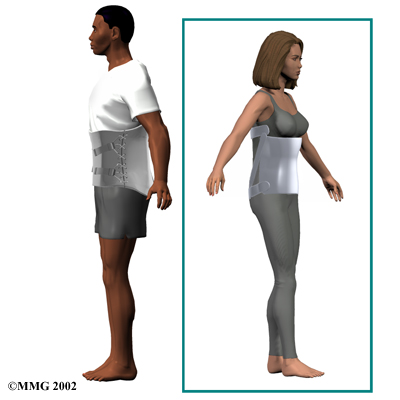 We may recommend a lumbar , though their benefits are controversial. Lumbosacral corsets do not appear to offer any long-term benefits. The support provides symptom relief only while you are wearing it. The support can limit pressure in the discs and prevent extra movement in the spine. But it can also cause the back and abdominal muscles to weaken. Some physiotherapists have their patients wear a rigid brace that holds the spine in a slightly flexed position, widening the spinal canal. When its use is appropriate, we may have patients wear a corset for one to two weeks.
We may recommend a lumbar , though their benefits are controversial. Lumbosacral corsets do not appear to offer any long-term benefits. The support provides symptom relief only while you are wearing it. The support can limit pressure in the discs and prevent extra movement in the spine. But it can also cause the back and abdominal muscles to weaken. Some physiotherapists have their patients wear a rigid brace that holds the spine in a slightly flexed position, widening the spinal canal. When its use is appropriate, we may have patients wear a corset for one to two weeks.
Our physiotherapist may also suggest using traction. Traction is a common treatment for stenosis. It gently stretches the low back, taking pressure off the spinal nerves. Hands-on treatments such as massage and specialized forms of soft-tissue mobilization may be used initially. They are used to help you begin moving with less pain and greater ease.
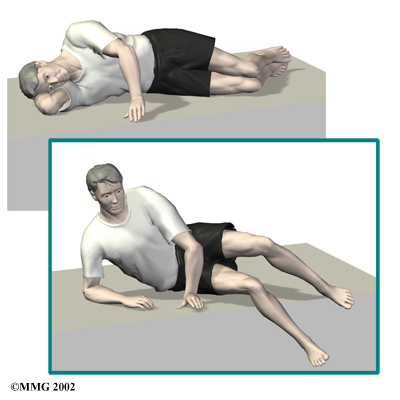 The physiotherapists at One Wellness also guide patients in a program of exercise designed to widen the spinal canal and take pressure off the spinal nerves. After evaluating your condition, we can assign positions and exercises to ease your symptoms.
The physiotherapists at One Wellness also guide patients in a program of exercise designed to widen the spinal canal and take pressure off the spinal nerves. After evaluating your condition, we can assign positions and exercises to ease your symptoms.
It is important to improve the strength and coordination in the abdominal and low back muscles. Our physiotherapist will create a program to help you regain back movement, strength, endurance, and function. We may also suggest strengthening and aerobic exercises. Strengthening exercises focus on improving the strength and control of the back and abdominal muscles. Aerobic exercises are used to improve heart and lung health and increase endurance in the spinal muscles. Stationary biking offers a good aerobic treatment and keeps the spine bent slightly forward, a position affording relief to many patients with lumbar stenosis.
Our therapist can also evaluate your workstation or the way you use your body when you do your activities and suggest changes to avoid further problems. Although each individual recovers as a different rate, as a guideline, our lumbar stenosis patients are normally seen a few times each week for one to two months. In severe cases, patients may need a few additional weeks of care.
Post-surgical Rehabilitation
After surgery, surgeons may have their patients work with a physiotherapist or occupational therapist. Patients who've had fusion surgery normally need to wait two to three months before beginning a rehabilitation program. Although recovery time is different for each person, you will probably need to attend post-surgical physiotherapy sessions for six to eight weeks and should expect full recovery to take up to six months.
When you begin your physiotherapy program after surgery, our physiotherapist may use treatments such as heat or ice, electrical stimulation, and massage to help calm pain and muscle spasm. We will also instruct you in how to with the least strain on your healing back.
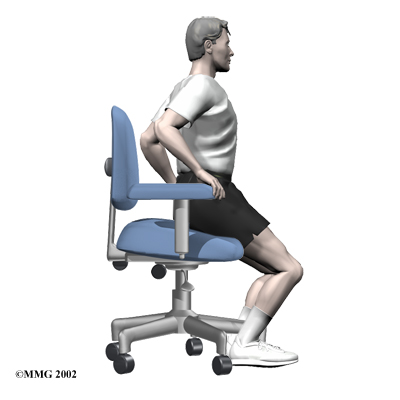
As your rehabilitation program evolves, we will suggest increasingly challenging exercises. Our goal is to safely improve strength and function. As your physiotherapy sessions continue, we will focus on helping you get back to the activities you enjoy. We will provide guidance on how to change the way you go about certain activities and which activities are safe. Ideally, you will be able to resume your normal activities.
When recovery is well under way, your regular visits to One Wellness will end. Although we will continue to be a resource, you will be in charge of doing your exercises as part of an ongoing home program.
One Wellness provides services for physiotherapy in Canmore.
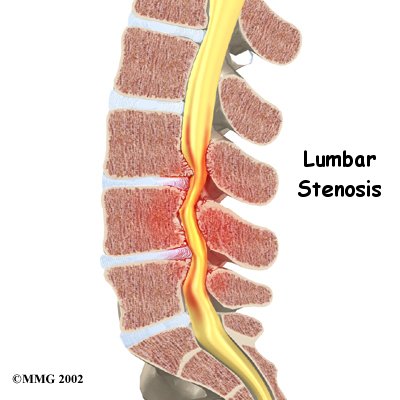

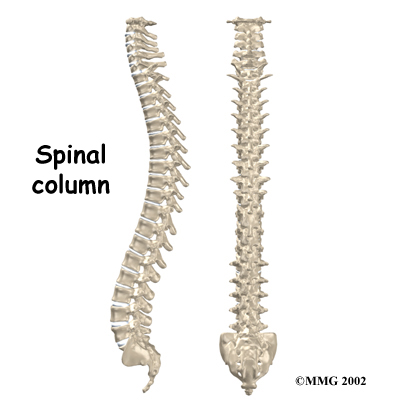
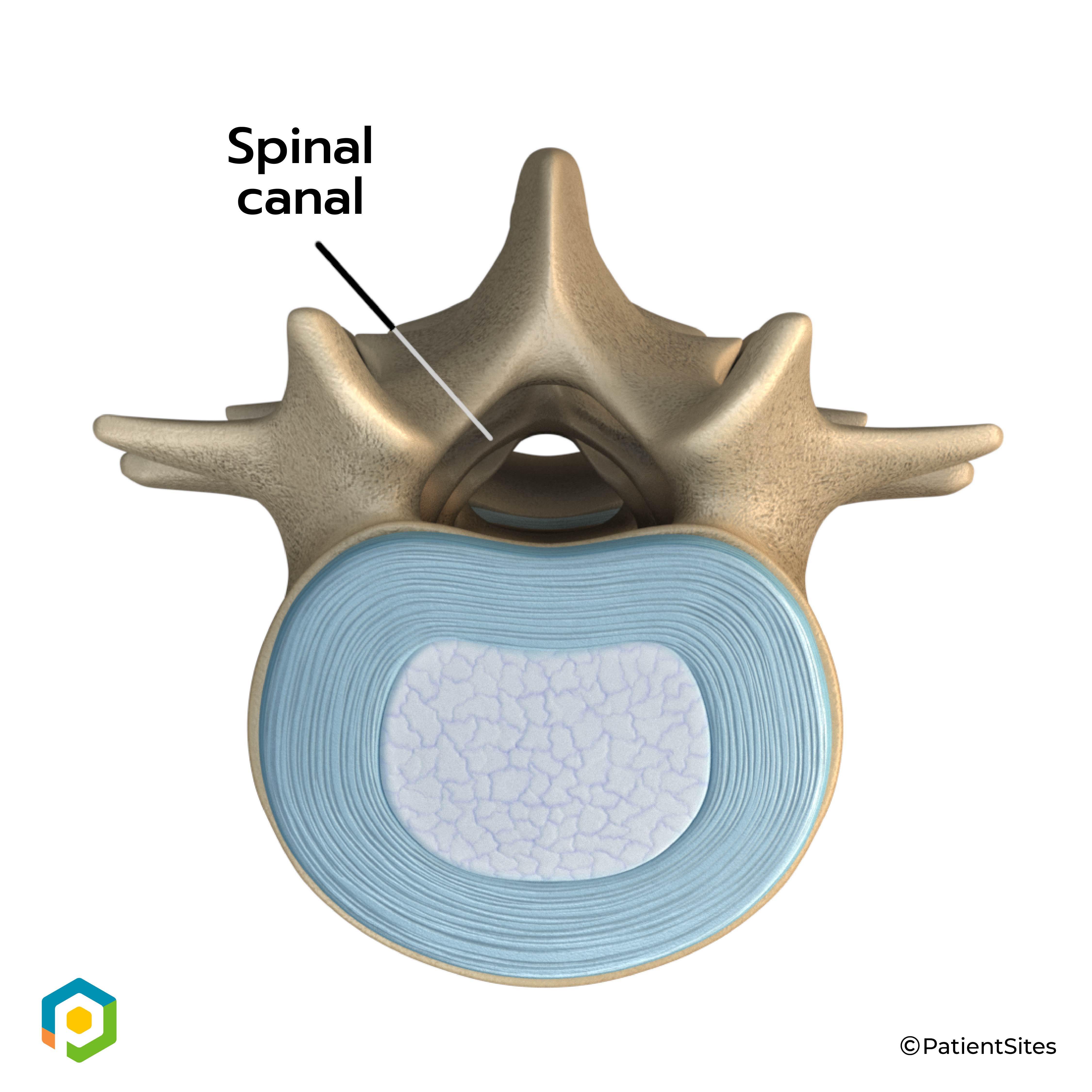
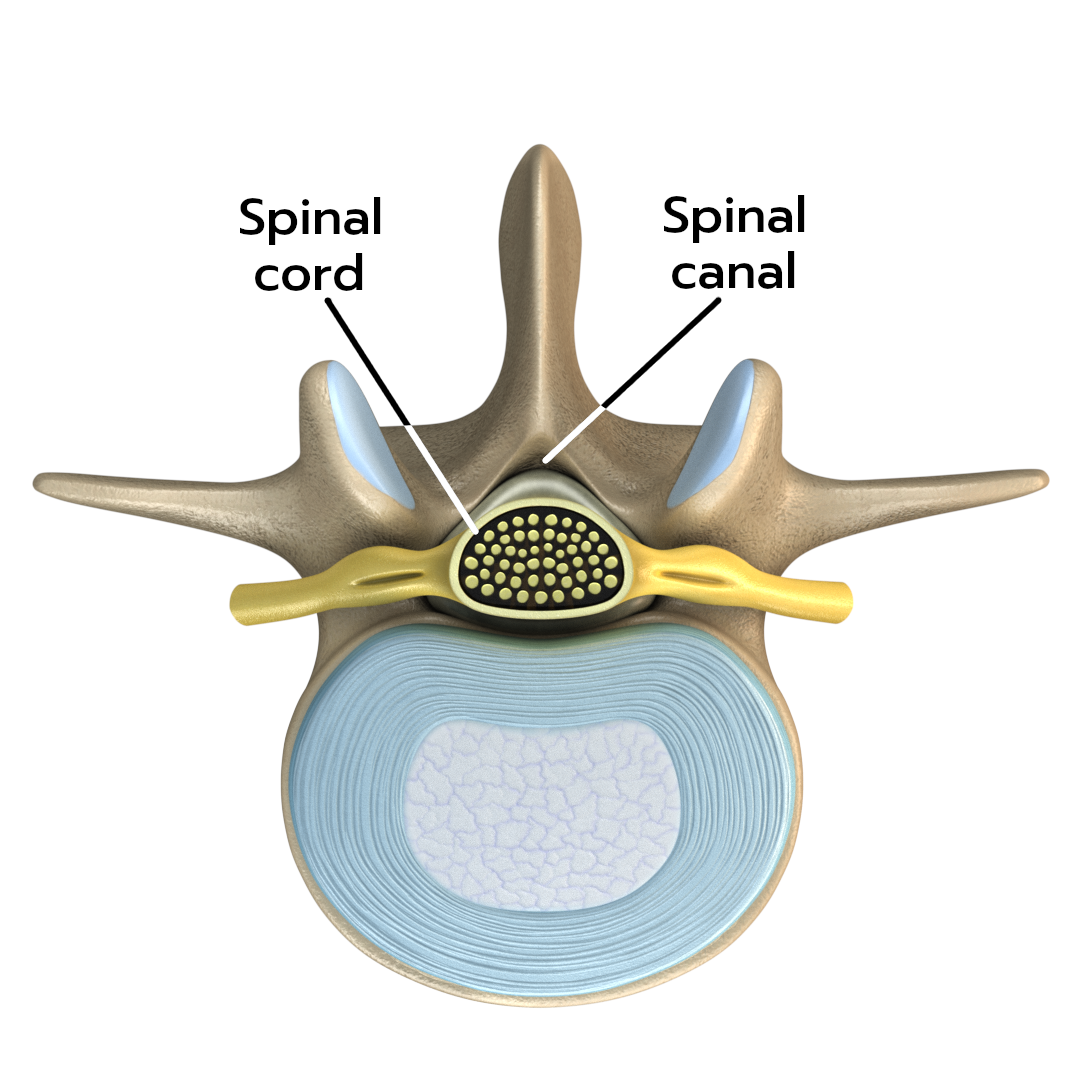
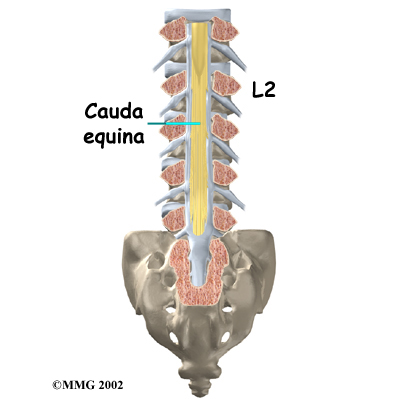
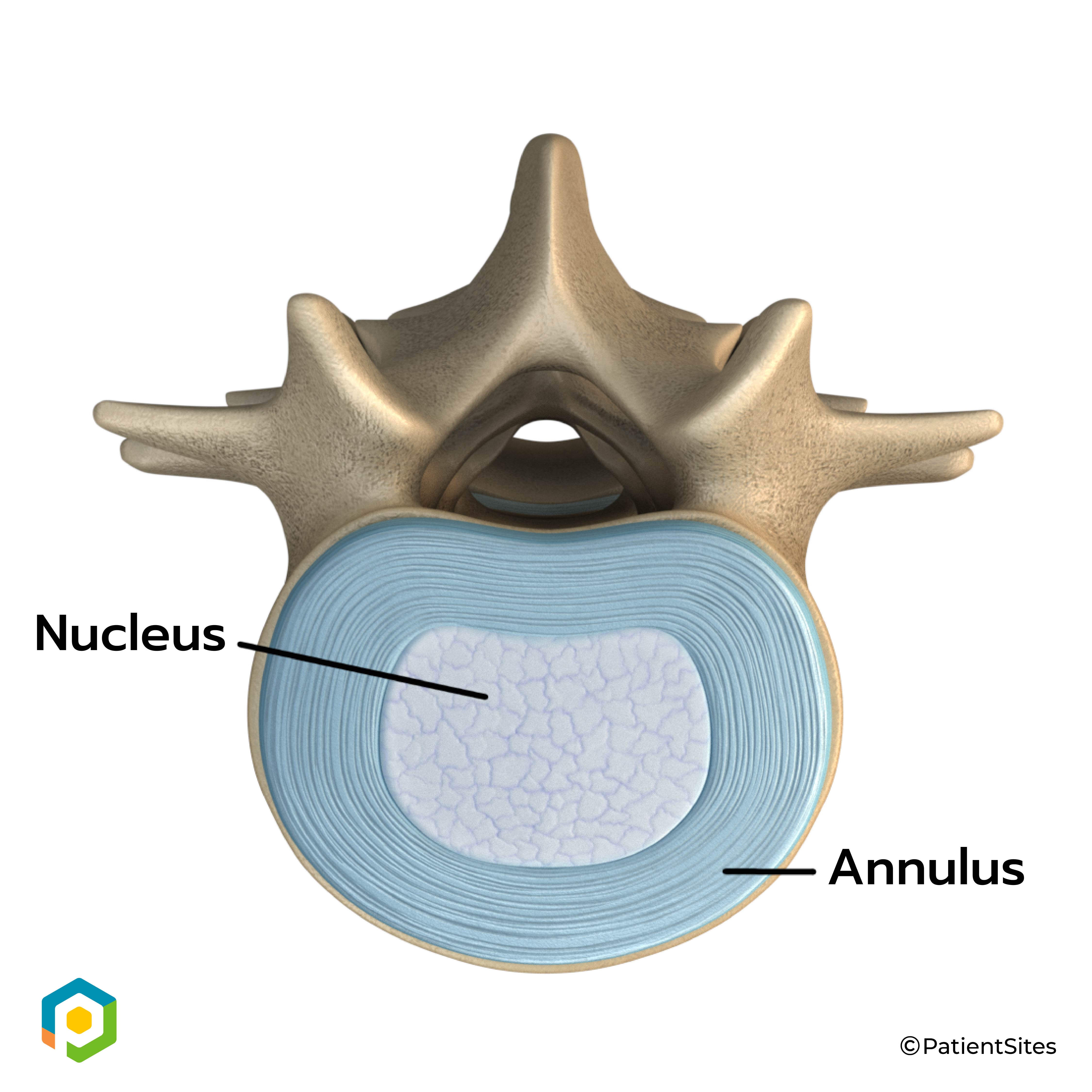
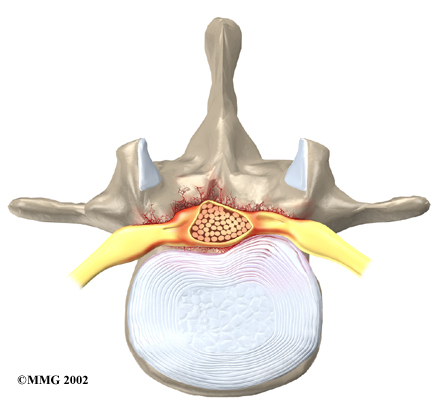 Congenital stenosis: Some people are born with (congenital) a spinal canal that is narrower than normal. They may not feel problems early in life. However, having a narrow spinal canal puts them at risk for stenosis. Even a minor back injury can cause pressure against the spinal cord. People born with a narrow spinal canal often have problems later in life, because the canal tends to become narrower due to the effects of aging.
Congenital stenosis: Some people are born with (congenital) a spinal canal that is narrower than normal. They may not feel problems early in life. However, having a narrow spinal canal puts them at risk for stenosis. Even a minor back injury can cause pressure against the spinal cord. People born with a narrow spinal canal often have problems later in life, because the canal tends to become narrower due to the effects of aging.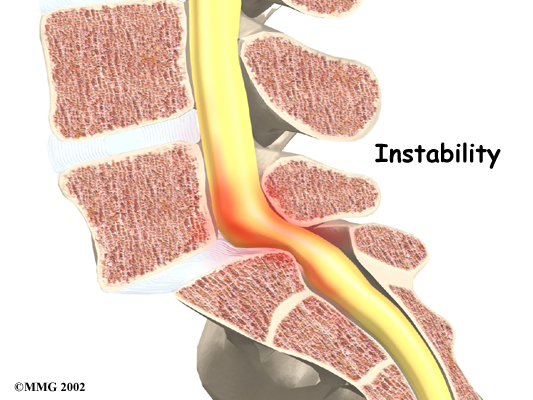
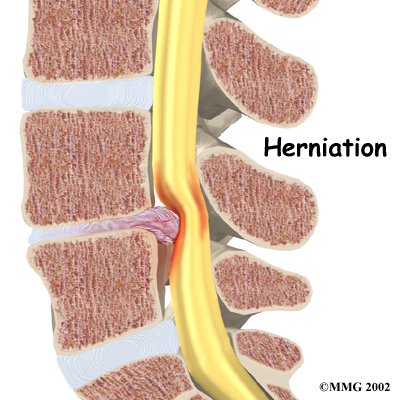
 We may recommend a lumbar
We may recommend a lumbar  The physiotherapists at One Wellness also guide patients in a program of exercise designed to widen the spinal canal and take pressure off the spinal nerves. After evaluating your condition, we can assign positions and exercises to ease your symptoms.
The physiotherapists at One Wellness also guide patients in a program of exercise designed to widen the spinal canal and take pressure off the spinal nerves. After evaluating your condition, we can assign positions and exercises to ease your symptoms.
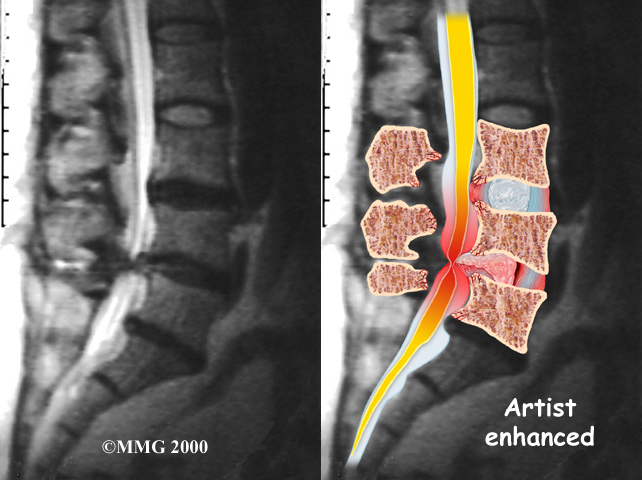 Your physician may first order X-rays to pinpoint the cause of your discomfort. X-rays can show if the problems are from changes in the bones of the spine. The images can show if degeneration has caused the space between the vertebrae to collapse. X-rays may also reveal any bone spurs sticking into the spinal canal.
Your physician may first order X-rays to pinpoint the cause of your discomfort. X-rays can show if the problems are from changes in the bones of the spine. The images can show if degeneration has caused the space between the vertebrae to collapse. X-rays may also reveal any bone spurs sticking into the spinal canal.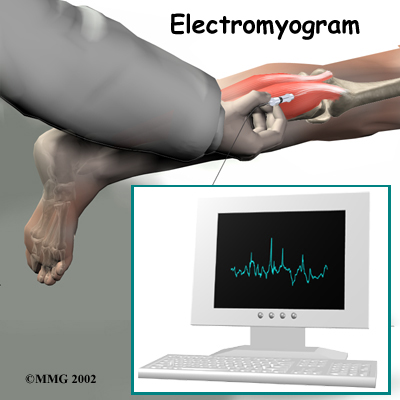
 Some patients are given an
Some patients are given an 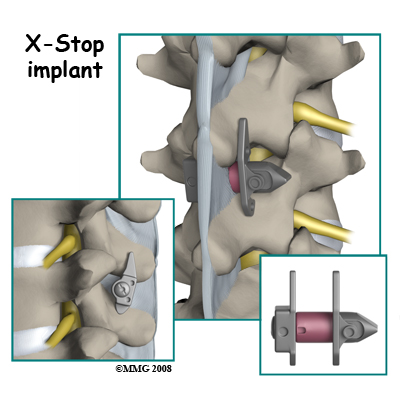
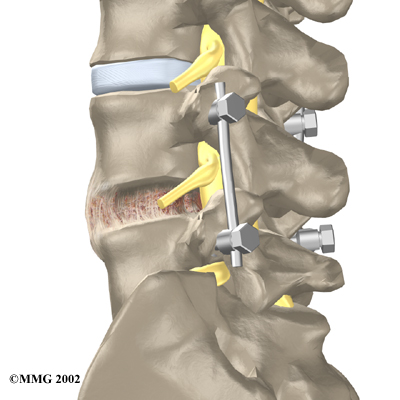


 (403) 679-7179
(403) 679-7179  concierge@one-wellness.ca
concierge@one-wellness.ca 

